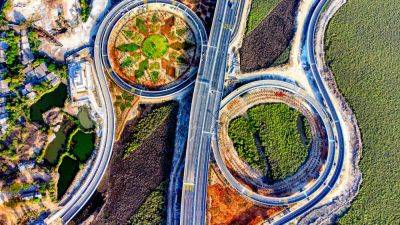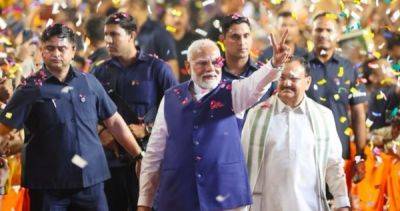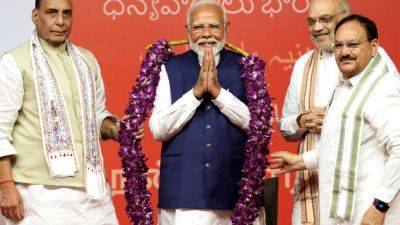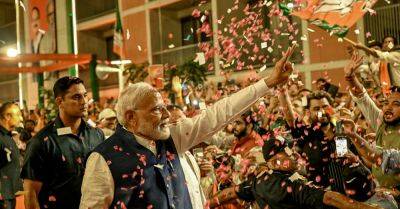India’s Modi urged to set ‘ambitious’ economic agenda after poll humbling
Unemployment and inflation among the biggest challenges facing Modi’s reduced coalition, analysts say.
Indian Prime Minister Narendra Modi and his Bharatiya Janata Party (BJP) campaigned on India’s sizeable economic expansion in the lead-up to the country’s recent national elections.
Since Modi came to power in 2014, GDP per capita has risen from about $5,000 to more than $7,500.
India’s GDP growth hit 8.4 percent in the financial year ending March, making it by far the fastest-growing major economy.
At the same time, the economy is producing much far less impressive data, including a high unemployment rate, which rose to 8.1 percent in April from 7.4 percent in March.
It is this statistic, along with high inflation, that has been touted as a key reason for the weaker-than-expected performance of the BJP, which won 240 seats, well below its previous tally of 303 and fewer than the 273 needed to form a government on its own.
While Modi has formed a government with the help of his National Democratic Alliance partners, his reliance on smaller parties changes the equation for a leader who commanded outright majorities during his previous two stints as prime minister.
“This is going to be really unusual for Prime Minister Modi,” Vina Nadjibulla, vice president of research and strategy at the Asia Pacific Foundation of Canada, told Al Jazeera.
“It was partly why the markets reacted the way they did,” Nadjibulla added, referring to the sharp drop in Indian stocks following the election result.
Nadjibulla said investors are concerned Modi may be unable to push through reforms needed to tackle issues such as high unemployment.
Despite strong headline economic growth, nearly half of India’s population is still employed in the







